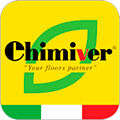July 11, 2025
Professionals
How to Tackle the Heat on Construction Sites: Recommended Products and Techniques by Chimiver
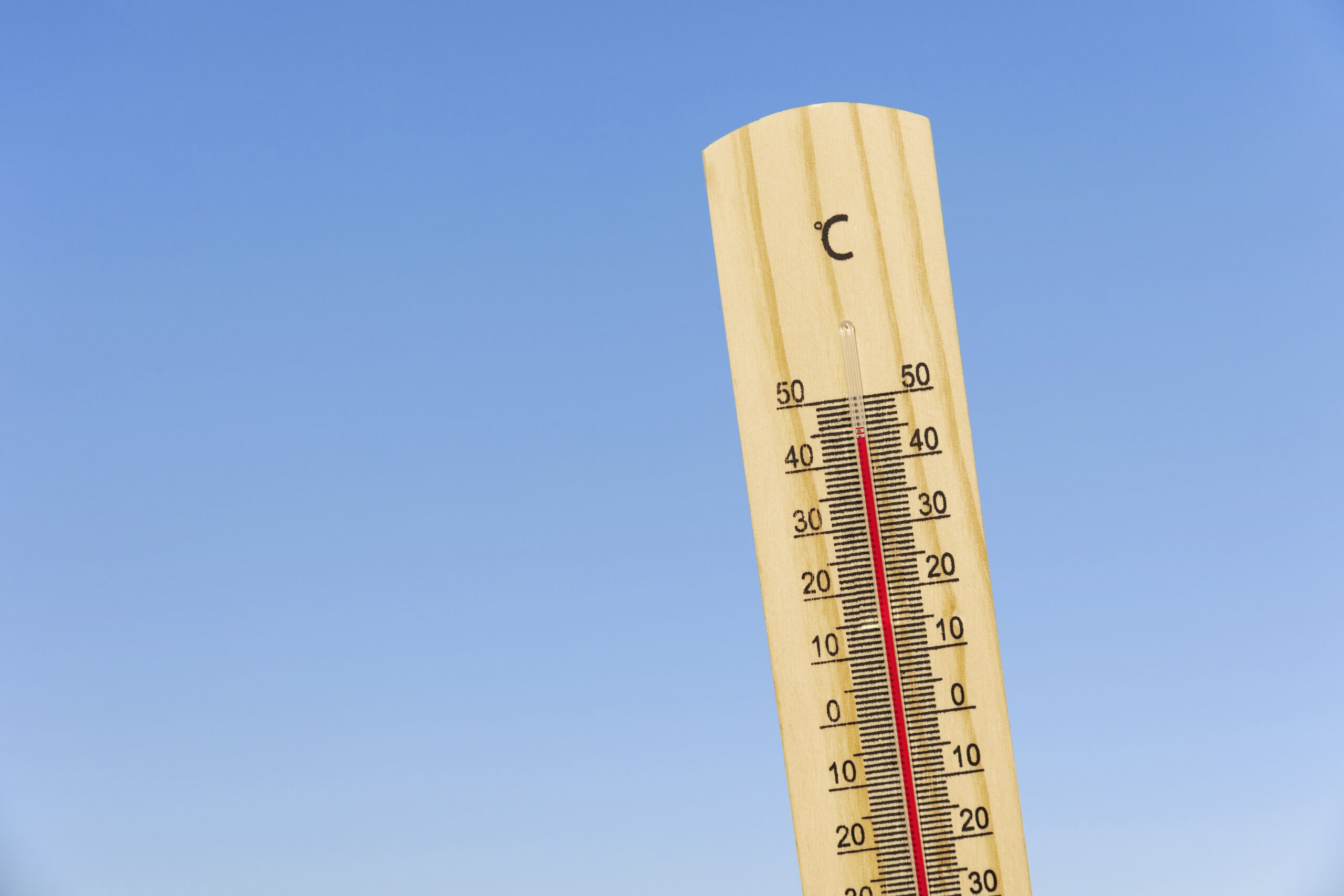
Working on a construction site during the summer can be a real challenge, even for the most experienced professionals. High temperatures, humidity, and overheated surfaces directly impact installation times and the final performance of materials. In such conditions, choosing the right products is crucial. Adhesives, lacquers and oils that maintain excellent workability even in difficult climatic conditions allow for greater precision, fewer unexpected issues and optimized application times, improving overall job-site efficiency.
WEATHER AND ENVIRONMENTAL CONDITIONS
High temperatures and low humidity levels significantly affect the final outcome of your work. It’s best to work early in the morning or late in the afternoon (when temperatures drop and humidity levels stabilize). On the hottest days, lightly mist the environment with a spray bottle. The midday hours pose the highest risk.
Monitoring temperature and humidity is the first step in avoiding defects:
- Ideal application temperature: 10–25°C: Above 30°C, the open time of the lacquer is reduced, increasing the risk of lap marks.
- Ideal relative humidity: 45–60%: Low humidity causes the lacquer to dry too quickly, while high humidity leads to slow drying and higher risk of surface contamination.
Chimiver Tip: Always carry a thermo-hygrometer to monitor both environment and substrate. Chimiver offers the GANN HYDROMAT CM-P PRO carbide moisture meter: a gravimetric cement moisture meter.
Air drafts and direct sun exposure can damage the lacquer by causing irregular evaporation. The result? Roller marks, overlaps, and an “orange peel” effect!
Chimiver recommends working in enclosed, shielded environments and avoiding fans or AC units blowing directly on the floor or treated surface.
USE OF ADDITIVES, THINNERS, AND RETARDERS
As temperatures rise, the working time of adhesives, lacquers and oils can shorten drastically, making application more difficult and increasing the risk of imperfections. In these situations, the use of additives or retardant thinners can make a big difference.
Suggestion: offers a range of retardant products for adhesives and lacquers (not just for parquet) designed to extend open time and improve workability in unfavorable conditions:
- Retardant additive for polyurethane adhesives: SLOWER – a retardant additive for two-component polyurethane adhesives, specifically formulated for ADESIVER GREEN TURF / ADESIVER 327 PU / ADESIVER RE 702 It slows down setting and installation times.
- Retardant thinner for epoxy-polyurethane adhesives: DILUENTE APA an adhesion promoter that enhances the bonding of epoxy-polyurethane adhesives.
- Retardant thinner for water-based lacquers: DILUENTE DR H2O ideal for water-based lacquer during summer or when coating large surfaces. It delays drying and water evaporation, especially useful in high temperatures and low humidity. Always check the technical data sheet for compatibility and dosage recommendations (typically max 5–10%). Never improvise!
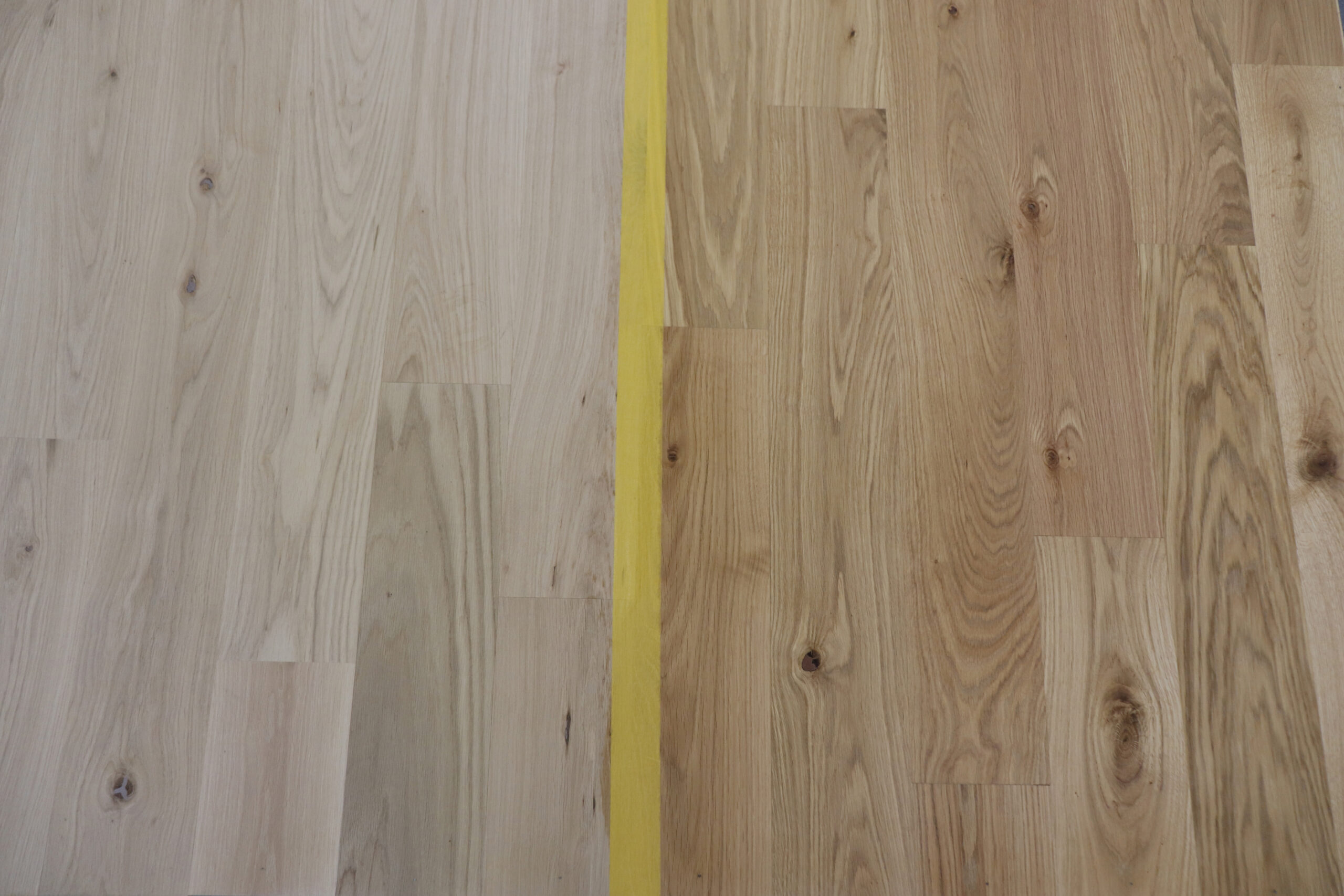
WATER POPPING TECHNIQUE
In summer, lightly wetting the wooden surface with water can be very helpful. This simple step opens the wood’s pores, compensating for the season’s natural dryness. It promotes more even absorption of oils and lacquers, ensuring a better and longer-lasting finish.
Water Popping is a valuable technique used in wood preparation and treatment. It improves the absorption of finishes such as oils and stains for parquet while enhancing the natural grain of the material. Learn more by reading our article: “WATER POPPING: Enhance the Natural Beauty of Wood with a Simple and Effective Technique” and watch our video here.
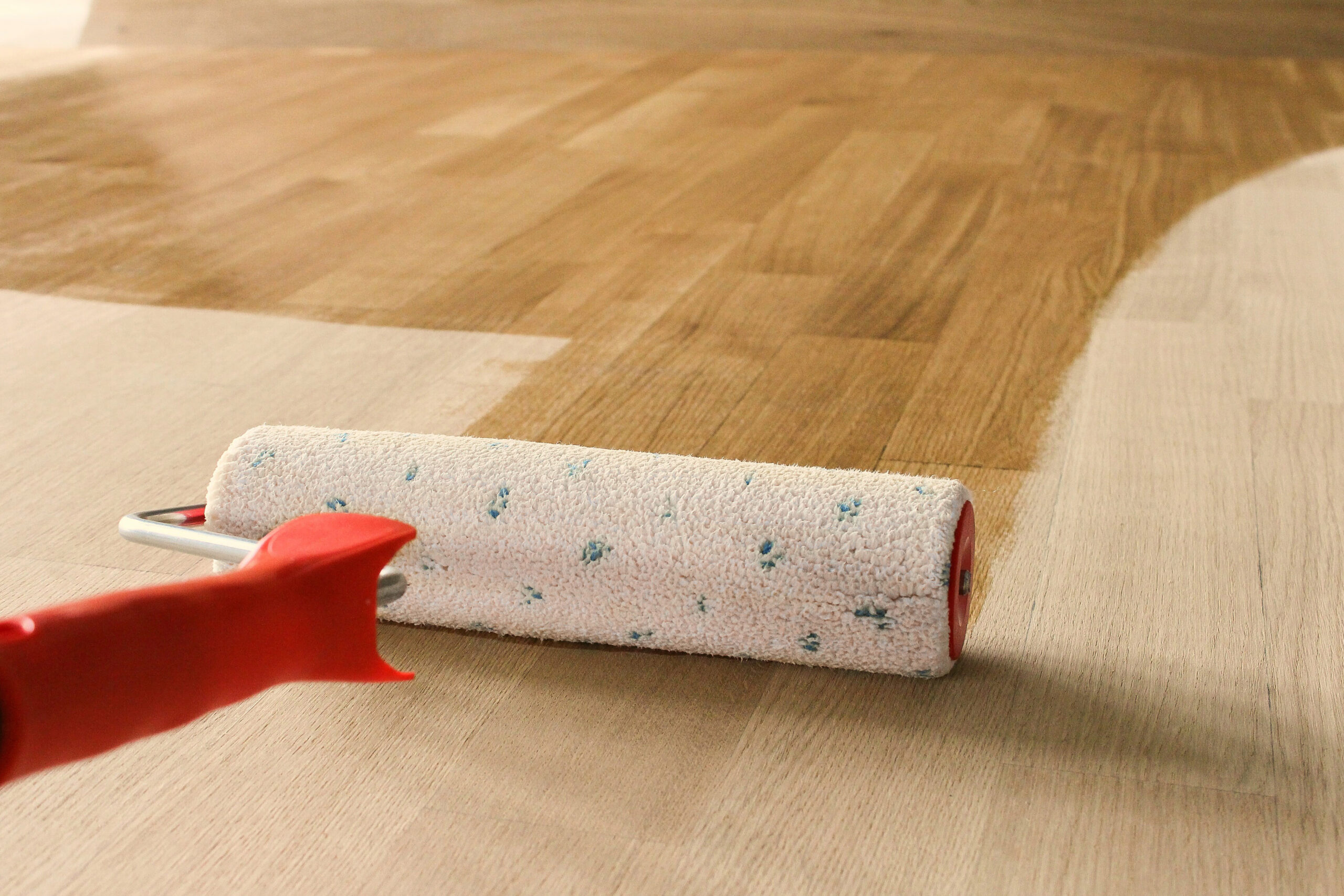
USE THE RIGHT TOOLS AND FOLLOW THE TECHNICAL DATA SHEET
Using the correct accessories and following the application quantities specified in the technical data sheet helps avoid color variations and unsightly stains. Remember that lacquer absorbs more quickly in hot weather, so do not stretch it too thin: a very light coat may dry before leveling, leaving an uneven surface. It’s advisable to slightly increase the lacquer quantity per square meter, especially for the first coat.
Another important aspect is drying. A surface that feels dry to the touch is not necessarily ready for a second coat. Surface dryness does not mean the lacquer has fully cured. Always follow the overcoating times indicated in the technical data sheet.
Proper surface preparation is even more critical in summer, why? Because dust lifts easily and can ruin the finish during drying. Chimiver recommends careful vacuuming followed by wiping with an antistatic, dust-trapping cloth before applying lacquer.
Working in summer requires a few extra precautions, but with proper planning and the right products, you can ensure safety, efficiency and quality, even with 30°C in the shade. Stay up to date by watching our videos on the Chimiver YouTube Channel, or visit our Academy ection packed with tips, advice, and the latest news!
Have questions?
Our team is here to help! Contact us for personalized support and to find the perfect solution for your needs.
